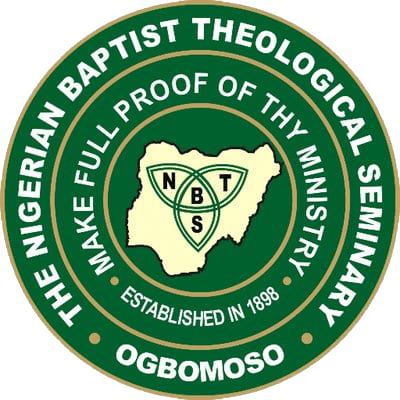Using the Music Culture Model to Understand
Congregational Music Making
Dr. Monique M. Ingalls
Every local Christian congregation has its own unique history, geographical and social location, demographic makeup, and mission. Whether we serve primarily as church musicians, church leaders, or scholars, we need to cultivate a deep understanding of the local church’s unique “music culture” in order to discern what engages the minds, hearts, and spirits of our congregation members. Ethnographic research methods can help us to hone our powers of observation so that we can more accurately interpret what is going on around us. When using structured observation, we can both create a critical distance and practice suspending our judgment until we have a clear view of the whole picture. Gaining deeper insight into the church contexts in which we work, serve, or study is crucial for shaping what actions we will take in realizing our shared vision and mission.
The framework for structured observation of church music cultures used in this project has been adapted from the music-culture component model[1] developed by Jeff Todd Titon, Emeritus Professor of Ethnomusicology at Brown University, USA. Some of Titon’s most well-known research relates to church music, specifically the speech and song of a rural Baptist congregation in the Appalachian Mountains of the United States.[2] In his introduction to ethnomusicological field research, Titon lays out four components of the local music culture:
- Ideas concerning music. These include beliefs, aesthetic preferences, ethics, and histories.
- Activities involving music. This includes the spatial organization of musicians and the varying roles participants occupy while making music.
- Repertories of music. This component includes characteristics of the musical sound (e.g., melody, rhythm, style, genre), lyrics, and how the music is created and transmitted.
- Musical material culture. This refers to the physical objects required to create, perform, or transmit the music, including musical instruments, hymnbooks, sound equipment, and projector screens.
One of the most powerful aspects of Titon’s component model is that it describes a dynamic system. In other words, when one of the four components changes, it often creates a “ripple effect” that can be observed affecting other components in the system. Below is the series of diagnostic questions drawn from Titon’s model that students used to observe and interpret the dynamic interplay of components within their congregations in Nigeria.
Identifying Components of Your Congregation’s “Music Culture”
- Ideas about Music
- Describe your church’s beliefs about music.
- What is music? What is music supposed to do as part of worship?
- Describe your church members’ aesthetic ideals (their sense of what is beautiful or pleasing).
- Do aesthetic ideals differ among groups (e.g., choir director and choir, clergy and congregation members)?
- What aspects define the context(s) for music-making in your congregation? Are there any musical practices deemed appropriate in one setting but inappropriate in another?
- What sources chronicle the history of your church’s music?
- Activities involving Music
- Describe the “division of labor” in your church’s music-making—who participates in it? What are the different roles for participants and leaders? Is there anyone who is not allowed or not encouraged to participate in leadership?
- Do the factors of race, ethnicity, gender, sexuality, social class, education, or age affect how people participate in music? If so, how?
- What is the status of the worship leader(s) or music minister(s) relative to congregation members, and the role of leaders in relationship to one another?
- Describe the spatial orientation of musicians and worshippers. How are worshipping bodies and musical materials (e.g., instruments, sound equipment) arranged in the worship space?
- Liturgical and Musical Repertories
- Describe the style characteristics of music used within worship.
- List the predominant musical genre(s) performed in worship.
- Describe the texts (including song lyrics) used in worship. Are they fixed, seasonal, improvised, etc.?
- How are liturgical texts and congregational music composed?
- How is that music transmitted from its compositional setting and learned by the choir or congregation?
- Are there particular bodily movements or expressive gestures that accompany music-making?
- Material Culture of Music
- Give several examples of objects belonging to the material culture of music. How and when did these objects come to be a part of this music culture?
- Do these material objects have symbolic value? If so, what do they symbolize?
- What audio and visual media are used in worship? (hymnbooks, printed bulletins, projection screens?) How do these various media facilitate (or fail to facilitate) participation in music during worship?
- Describe the worship space. What elements are fixed, and which can be altered or moved?
[1] Titon, Jeff Todd. 2009. “The Music-Culture as a World of Music,” in Worlds of Music: An Introduction to the Music of the World’s Peoples, ed. by J. Titon et al., pp. 1-32. Belmont, CA: Schirmer Cengage.
[2] Titon, Jeff Todd. 1988. Powerhouse for God: Speech, Chant, and Song in an Appalachian Baptist Church. Austin: University of Texas Press.

